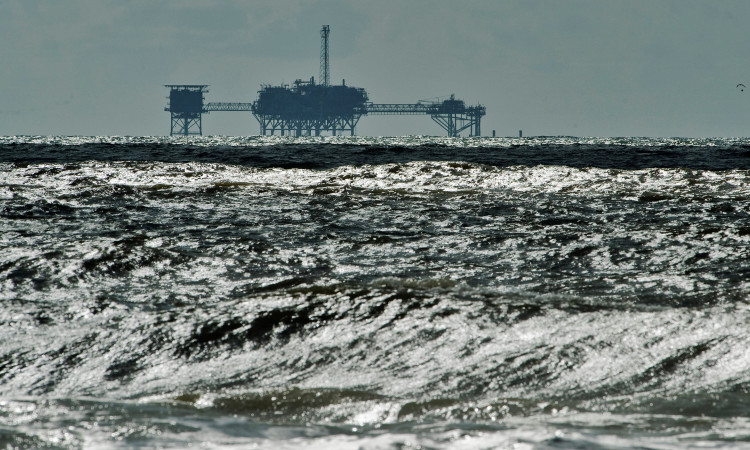The Deepwater Horizon oil spill wasn't only a temporary disaster. According to a new study, some marshland in the Gulf of Mexico is still covered in a sticky oil residue more than ten years after one of the worst environmental catastrophes in recorded human history. Its effects are yet not completely known.
In the months that followed BP's Deepwater Horizon disaster in 2010, there were valiant attempts made to remove all of the crude oil that had leaked into the environment. Direct recovery of some oil occurred. Some was skimmed, while some were burned. Large amounts evaporated or vanished, while some were chemically dispersed. But plenty stuck around.
Many of the chemicals found in the oil pollution had been altered by hungry microbes and the beating sun within months. These crude oil compounds were essentially created from scratch. Their chemical and physical properties were altered, which may have influenced their toxicity. Larger compounds were particularly weather resistant.
According to the report, these chemicals gradually grew into a sticky, insoluble goop that came to coat the Gulf's marshlands for years to come. Much of it is likely to survive to this day.
"[A]s oil weathers, the residue becomes resistant to further rapid compositional changes, and this means that, if not removed by response personnel, residues can remain in environments for extended time, causing long-term disruptions of impacted areas," the authors of the study write.
For example, in 2020, some 40 years after the initial accident, oil remnants from an oil spill that occurred in 1979 were discovered on the Yucatan peninsula. An oil-like substance that is sticky and mimics moderate to heavy crude oil is now having a similar impact on the shorelines in the northern Gulf.
After the Deepwater Horizon leak, it's believed by researchers that crude oil that wasn't removed and didn't evaporate slowly re-entered the water column thanks to the wind and waves. Afterward, these compounds would have been carried by the tides to the shore or deeper waters.
Researchers discovered most of the crude oil components had been significantly changed by evaporation, dissolution, photochemical oxidations, and microbial degradation in the summer of 2011, a year after the spill. It's unknown how that affects the residue's true toxicity. Researchers have just recently begun to examine the environmental effects of a tiny subset of crude oil molecules.
In reality, scientists still don't fully understand what happens to crude oil in the environment over very long timescales, let alone how those changes affect living things like plants and animals. But the effects on wildlife are still being seen negatively.
Scientists reported that the Deepwater spill's effects on marine life on the seafloor were still being felt in 2021, resulting in extremely low reproductive rates for the region's fish and dolphins.






